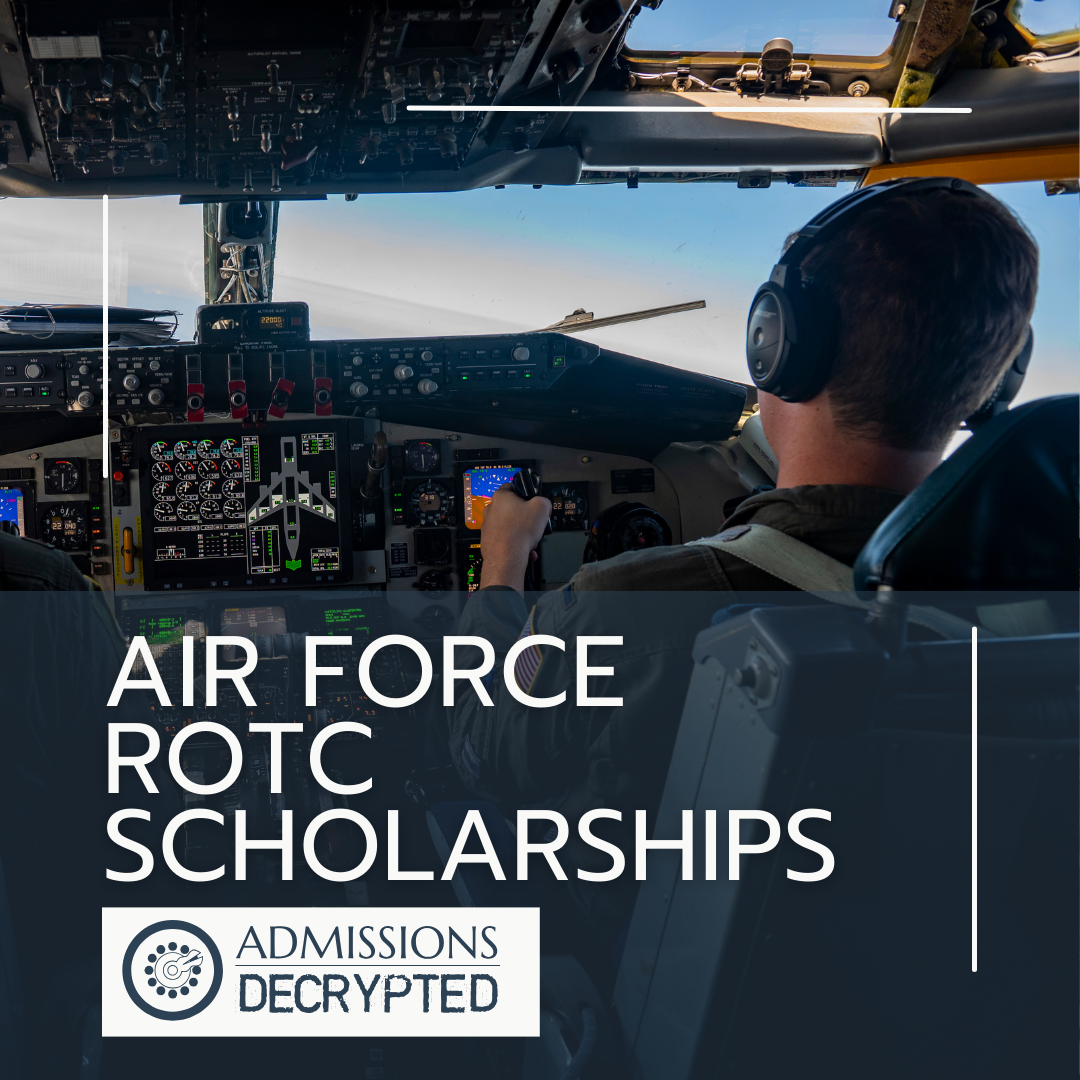College Admissions with Calm, Clarity & Confidence
the blog

read post
In the past couple years, the US Air Force has changed its Reserve Officer Training Corps (ROTC) scholarship program. These changes affect who is offered scholarships and how much money they receive. But Air Force ROTC remains an excellent pathway for students to become US Air Force officers. Fewer Air Force ROTC Scholarships for High School […]
read the latest